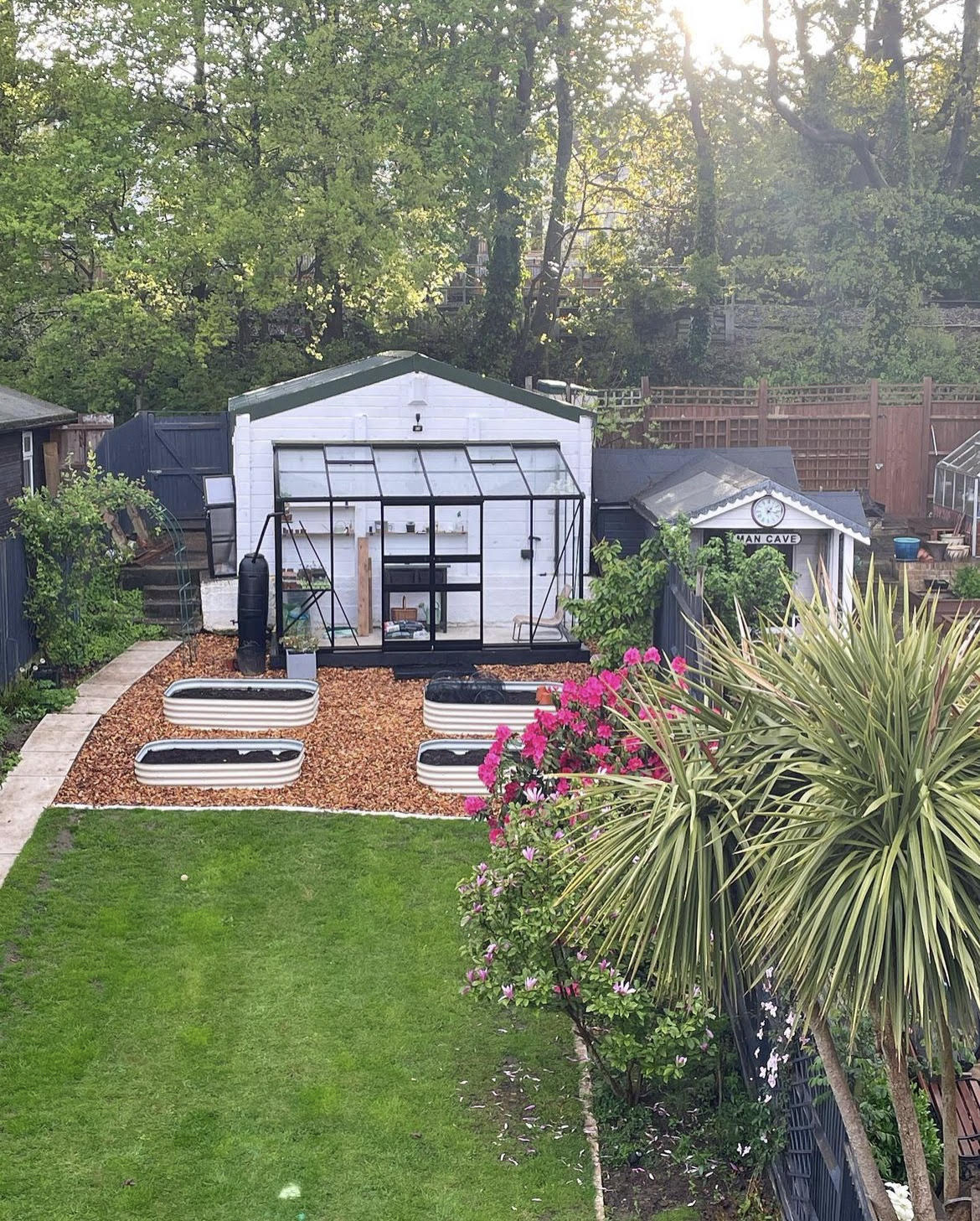
Creating the perfect garden can be difficult, no matter its size. You want to ensure that it is pretty to look at, but you also need to ensure that it is functional, can survive through different weather, and can be unique and cater to your personality. Incorporating a reliable worx trimmer line can help you maintain clean edges, ensuring your garden remains both beautiful and functional. Here are a few tips to remember.
Survey Your Land
The first thing you need to do is analyse the plot of land you are working with. If you have a very large plot of land, using drone footage, for example, can give you a good idea of the space and angles.
If you have a smaller space, walk around it and start picturing where some things can go. Ask yourself where a tree would work best, where you would place a path, etc. This will allow you to formulate a plan and know what you can and can’t do.
Know Which Plants Will/Won’t Work
If you don’t live in an area with consistent, temperate weather, you should research what plants will work best for the weather you get. The idea is to have as many plants as possible that will be healthy for most of the year.
While many plants do go through changes during Winter and Autumn, this part of the process is more about the health of the plants and ensuring you don’t fill your garden with species that require perfect conditions to thrive.
Create Paths
Pathing is common in interior design, and it should also be part of your garden design. This doesn’t mean creating literal paths with cobblestones and dirt, for example, but more about creating sections.
This not only makes the garden far more interesting and versatile, but it also allows you to utilise space better as well.
Choose Eye-Catching Features
Before you start planting and filling up your space, pick one or two centrepieces. This can range from a large fruit tree to a fountain or water feature. The benefit of these centrepieces is to add a level of beauty and interest without doing much more around it.
Varying Textures
Don’t settle for having three of the same types of flowers or plants. There is a fine line between having too much and too little of the same texture; too much and the garden begins to look boring; too little and it gets lost.
Incorporate Insects & Creatures
One of the best ways to keep a garden alive and healthy is to incorporate the wildlife that enjoys living in it. Having a “bee hotel” is great for encouraging bees to pollinate your flowers, while having a few frogs call your water feature home will control the unwanted bug population.
While this needs to be monitored, as you don’t want to wake up one day with a garden full of frogs, it is an amazing way to make your garden feel a bit more wild and alive while giving a few friendly creatures a cosy place to call home.
Water Features
Speaking of water features, creating your own with little more than a YouTube tutorial or two, a few tools, and a stop at the hardware store is fairly easy. The biggest challenge you will face is digging the hole/s you need and installing the hardware.
Making one yourself is not only a great way to get the effect without spending the money but also allows you to learn the skills you need to fix it if or when it needs repairing.
Grass Alternatives
Nowadays, there is no need to stick to the status quo and just use grass. There are many alternatives that are either easier to maintain, add different textures, or are simply better to look at.
Some of the more prevalent alternatives are clover and moss, with mulch also used to create a more rustic look. You can also use synthetic turf if you want a “green” garden all year round.
Colour & Contrast
Colour and contrast are essential in all forms of design, and it’s no different when creating your garden. The best part of it is that you can experiment and do almost anything you want at this stage.
The colour wheel is a great resource for seeing which colours do and don’t go together, and considering you will have an almost endless amount of choices, you can easily create a wholly unique look.
Create Levels
Levels are another way to add contrast and interest into your garden. While this doesn’t mean bringing in tons of dirt to create miniature hills, it can be done by incorporating large pots or a mini deck.
Instead of having all of your plants in the ground, you can plant some in plant boxes or in refurbished oil drums if you want to be a bit more eclectic. These methods are particularly useful if your garden is flat and lacks any form of elevation.
These tips should hopefully not only put you on the path of creating a beautiful and magical garden but also allow you to get more creative with your choices and create a unique space that you and your visitors have never seen before.
Post in collaboration